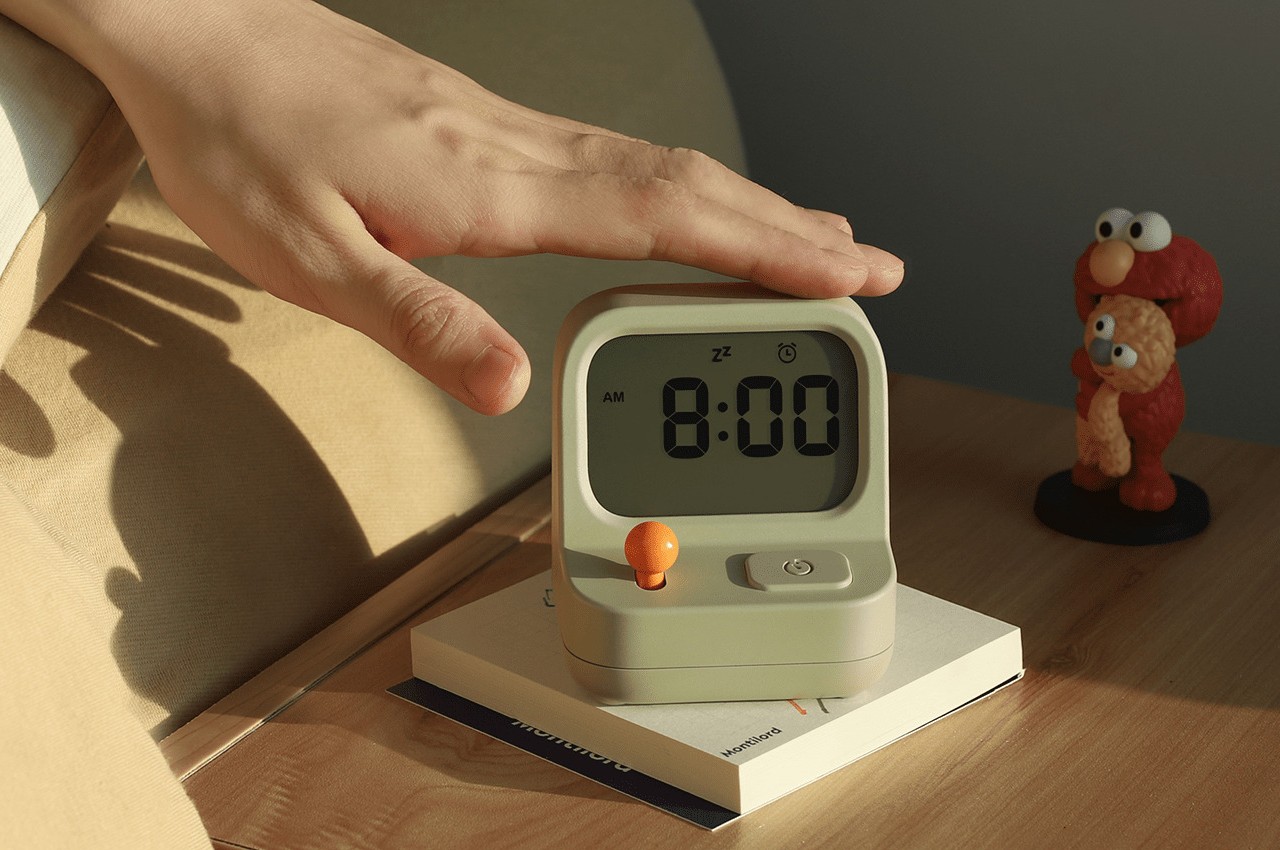#What Is Compositing in Photography?

Table of Contents
“#What Is Compositing in Photography?”

Compositing is a photographic technique where multiple individual photographs (and sometimes digital effects as well) are combined into a single final image. It’s an incredibly popular technique in advertizing, editorial, fashion, fine art, landscape, and lots of other genres of photography. Let’s look at why.
Making Impossible Photographs

Compositing makes it possible to do the photographically impossible. It’s often used to overcome the inherent limits of digital cameras and the physical properties of lenses, or at least to make things easier or cheaper. Some of the ways it can be used like this are:
- To increase the dynamic range of your camera by blending photos that are exposed for the shadows, highlights, and midtones If that sounds somewhat familiar, it should—it’s how High Dynamic Range (HDR) photography works.
- To increase the sharpness or depth of field of an image photo by combing multiple shots each focussed on something different in the scene—it’s called focus stacking. This allows you to get more depth of field with wider apertures, or achieve an amount of depth of field that’d be impossible with actual lenses.
Note: Smartphones are starting to do some of this automatically. It’s how Night Modes and the various other algorithm-based bits of computational photography work.
Easier, More Reliable, and Better
But overcoming technical problems isn’t compositing’s only use. It’s more often used to solve creative, scheduling, timing, and other kinds of situational issues.
Here’s a photo of a friend of mine levitating.

I suppose we could have had her jump up and down a lot to get something similar, but it was much easier to use a stool and a ladder, then edit them out with a blank background photo.

And it’s not even just fantastical situations like this where compositing is used. Imagine you’re on a tight budget and have to shoot a photo that involves a soccer player scoring a goal as the keeper just misses the save. This isn’t an impossible situation but it’s hard to capture on camera perfectly. You could set up your camera, get your players together, and spend a few hours shooting shot after shot hoping to get the right one.
Or you could composite it. In this case, you’d set up your camera, then have the soccer player kick a dozen or so shots at goal. That should be enough to get a decent photo of them post-kick.
Next, you’d have the goalie dive around the net a bit. Another dozen or so shots should be enough to get the perfect one.
Finally, you’d have an assistant walk to where exactly you need the ball in the photo, then toss it a few inches into the air. A handful of shots and you’ll have what you need.
Then all you have to do is go home and spend 30 minutes using Photoshop to blend together the different photos, edit out your assistant, make a few tweaks, and you’d be done.
Here’s a similar example from my portfolio. Isn’t this a lovely photo of my two dogs?

Now, did I:
- a) Climb a hill by myself, set up my camera, spend ages coaxing the dogs into the right position, then just keep taking photos until they looked at the camera at the same time? Or,
- b) Bring my brother along to hold the dogs, positioned each one individually, then combined four or five photos together in Photoshop?
It’s obviously b!

The same technique is used all the time in advertisements and fashion photos. Whenever you see a staged shot of two or three models posing together, you can almost guarantee it’s a composite.
And it’s not just with photos of multiple people. Often, an image of a single model will be made from multiple photos. The retoucher will use the hair from one shot, the fall of the dress from another, and the face from a third. This is how the Kardashians sometimes end up with three hands or six toes.
Creating Special Effects

One other quick use for compositing I want to flag is digital special effects. It was much much easier to create a good image of me holding a lightsaber with Photoshop than by using a very expensive toy.
Similarly, this photo of a ghost would be impossible to do practically. This wasn’t a situation where compositing made things easier—it’s one where it was required.

How to Start Compositing
Compositing is almost as old as photography itself. Early photographers had a much harder job as they needed to physically combine multiple images by hand. Photoshop makes everything a lot quicker and, most importantly, makes it possible to undo mistakes.
If you want to learn how to make composites, you’ll need a pretty high level of skill in Photoshop. Check out our guide on how to learn Photoshop to get started, or, to jump straight into compositing, try the tutorials at Phlearn.com.
Some of the skills you’ll need to master which we’ve covered here at How-To Geek are:
You’ll also need to be able to make basic edits to your images so that you can match the contrast and color palettes between the different elements. Otherwise, things will look very artificial.

And, of course, you can’t neglect your photographic skills. While a lot of the work is done in Photoshop, you can make things much easier for yourself by getting good shots on location. In particular, if you’re going to combine multiple images from the same perspective you need to use a tripod.
I’m not saying that you shouldn’t try and make composites—they’re a lot of fun!—but be prepared to fail at least a few times. They’re one of the big reasons that it’s so hard to shoot photos that look like professional images.
If you liked the article, do not forget to share it with your friends. Follow us on Google News too, click on the star and choose us from your favorites.
For forums sites go to Forum.BuradaBiliyorum.Com
If you want to read more like this article, you can visit our Technology category.




